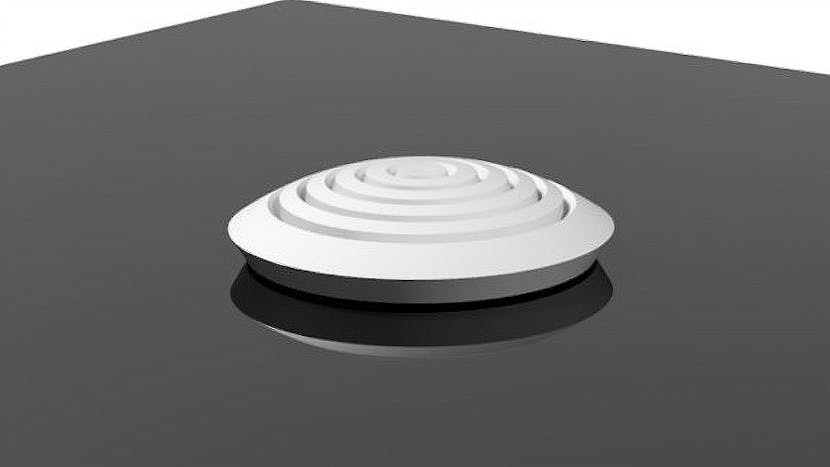Grand Theft Auto San Andreas is out today for the PlayStation VITA thanks to TheFlow and Rinnegatamante In this episode we take a closer look at the port and break down just how this port was even possible.
Month: February 2021
Homemade machine puts a new spin on winding yarn
If you’ve ever wanted to wind balls of yarn, then look no further than this automated machine from Mr Innovative. The YouTuber’s DIY device is powered by an Arduino Nano and an A4988 stepper driver, spinning up a round conglomeration of yarn via a NEMA17 motor and a timing belt.
The ball is wound on an offset spindle, which is mechanically controlled to pitch back and forth and spin itself as the overall assembly rotates, producing an interesting geometric pattern.
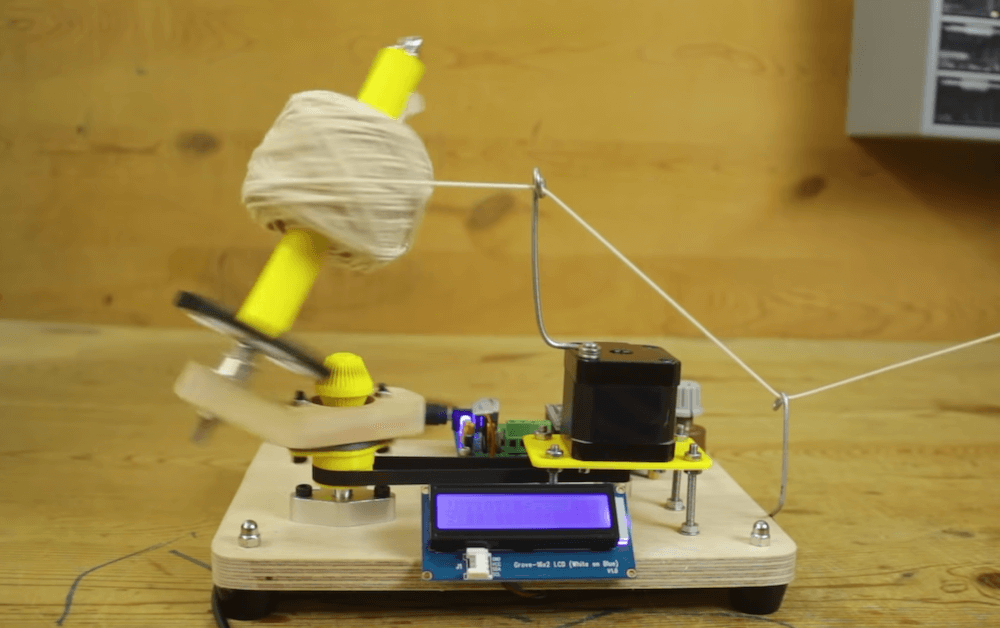
Design and Development of a Robotic Hand
Over the few years, there have been great steps in the development of functional prosthetic hands. However, even the most advanced hands lack a combination of high functionality and affordability. A new prosthetic hand has been designed and developed combining high functionality and affordability thanks to rapid prototyping techniques. This video presents the design of a five-fingered prosthetic hand that can be programmed to have multiple grip patterns using force myography (FMG) as a control signal instead of electromyography (EMG) signal. A novel FMG sensor was developed using strain gages and a high resolution ADC to detect mechanical muscle contractions from the residual forearm of amputees.
Arduino IR – Control LEDs with Arduino remote control [Using 1838 ir sensor]
In this tutorial, you’ll learn about using Arduino ir remote. First, you’ll see how to connect the 1838 ir receiver with Arduino Uno and how to Find the Code for each Remote Control Button. Second, you’ll see how to use ir remote to control any device connect with Arduino LEDs, DC Motor, or any more.
How a Cereal Box Toy Hacked AT&T’s Phone Lines
How a simple toy, found in a cereal box, hacked AT&T’s phone lines.
EPaper Dashboard
I needed a device that can store the date of a specific event, which I can check later. To be more precise, I needed a device that can store the last date I fed the flowers. The device must be portable and powered by a battery. And because a whole display only for one date is a bit of a waste, I decided to add more features like weather and calendar widgets.
The obvious choice for the display was E-Paper, and for the IC initially, I picked esp8266, but after comparing it with esp32, I had to switch it.
The esp32 has a feature that is very important for this project – esp_sleep_enable_ext1_wakeup. This allows IC to wake with almost any from the GPIO(here a good tutorial https://randomnerdtutorials.com/esp32-external-wake-up-deep-sleep/).
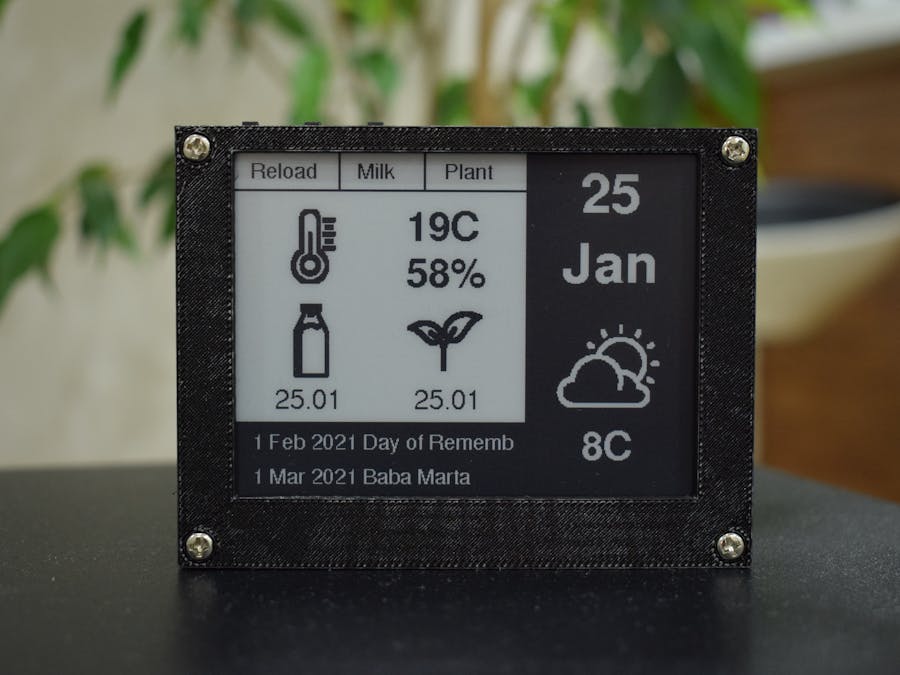
Jakobnator’s Old Dell XP13 Laptop Gets a USB Power Delivery Upgrade Thanks to a New Type-C Port
Looking to drop the proprietary power supply, jakobnator’s upgrade means the laptop now charges from a common Type-C adapter.
Pseudonymous YouTuber “jakobnator” has published a video showing how he upgraded an older Dell laptop to charge using a USB Type-C port, via USB Power Delivery (PD) — doing away with its proprietary power brick in the process.
“So I’ve had this laptop for about six years now,” jakobnator explains. “[It] got me through college, and I really like this line-up of XPS13s. It’s a good size MacBook alternative, but as I’ve been travelling more I’ve been trying to shrink down things so that I’m only carrying one charger.”
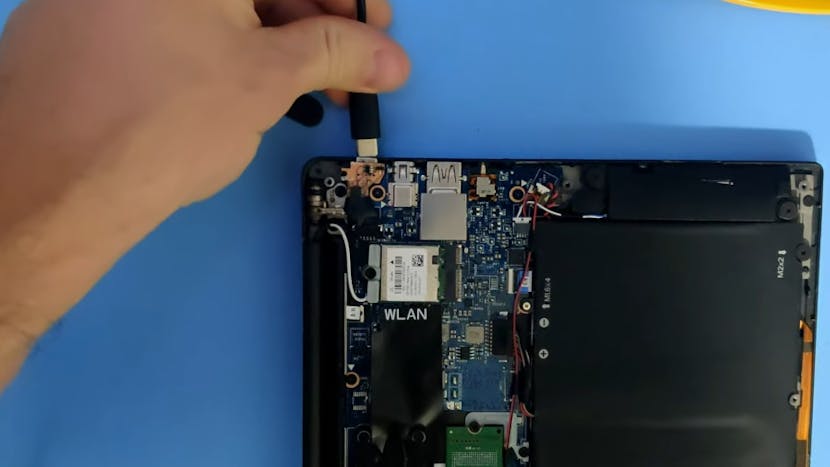
Retron Jr Is The Gameboy TV Dock You Always Wanted
The Retron Jr is yet another new piece of retro tech to come out of CES this year. Created by Hyperkin it was originally an April’s fool joke last year, but now, they’ve decided to reveal it as a real, upcoming product. Much like the Super Retro Champ, it uses your original cartridges. Most of us retro collectors out there have a fair few Gameboy games lying around the flat, now it’s time to put them on the big screen.
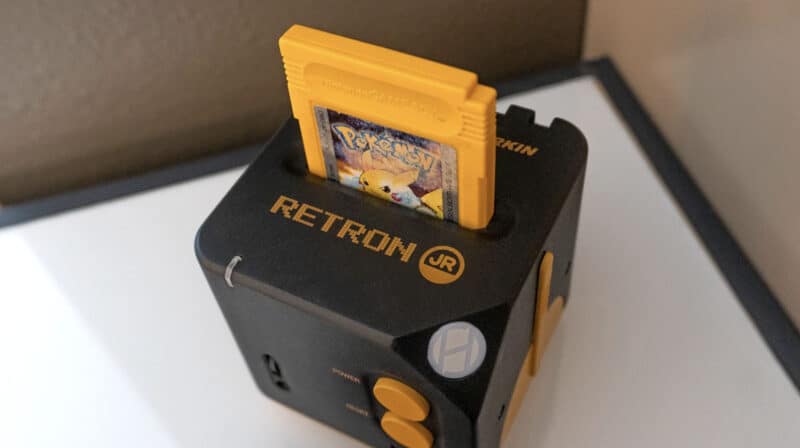
Arduino Color Sensors – TCS230 & ISL29125
Today we will be working with two different color sensors.
I’ll show you how they work, how to hook them up, how to calibrate them, and how to extract RGB values from them.
The TCS230 (also known as the TCS3200) is a popular and inexpensive color sensor that operates on a wide voltage range. It outputs a square wave whose frequency reflects the color intensity.
The Sparkfun ISL29125 is a more capable sensor that provides a 16-bit digital output using the I2C bus. It also has a programmable interrupt feature that you can set to trigger in response to a specific color.
“Snap Instabilities,” Which Make Popper Toys Pop, Could Let Future Robots Propel Themselves
Having watched a gel strip dry, researchers have found a way to harness snap-buckling without the need for a manual reset phase.
Researchers at the University of Massachusetts at Amherst and Delft University of Technology, in partnership with the US Army, have published a paper detailing a way of giving materials the ability to propel themselves using only environmental energy flow — something the military is looking into for future robotics applications.
